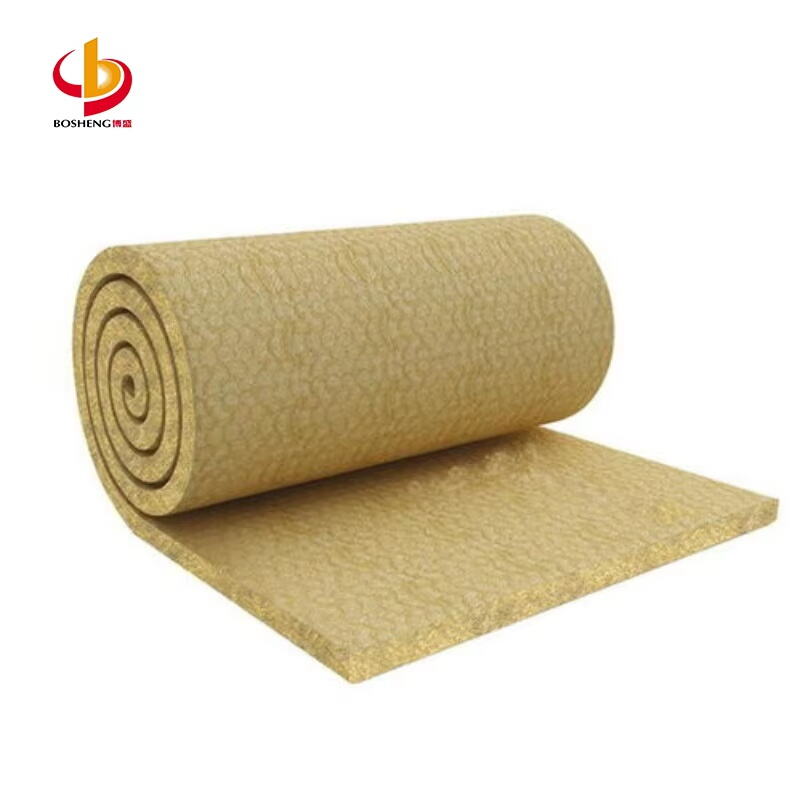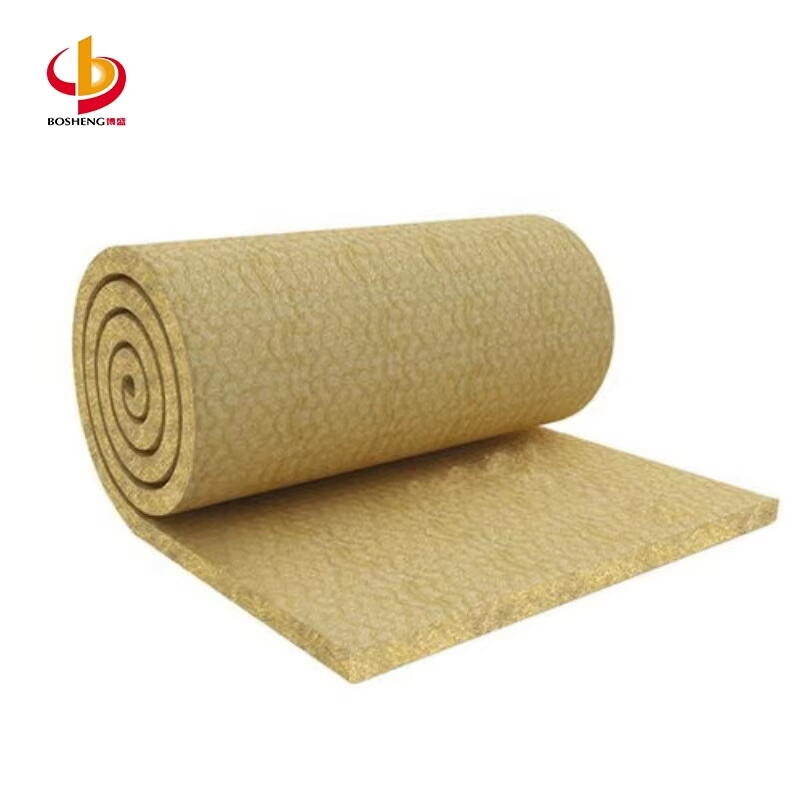Understanding Sound Insulation Properties of Rock Wool for Exterior Walls
Living in urban environments often means dealing with constant noise from traffic, construction, and neighboring activities. External wall insulation rock wool has emerged as a powerful solution for homeowners seeking peace and quiet within their living spaces. This innovative insulation material not only provides exceptional thermal protection but also offers remarkable acoustic benefits that can significantly reduce noise pollution in your home.
Modern building practices increasingly recognize the dual importance of thermal and acoustic insulation. External wall insulation rock wool stands out for its unique fiber structure that effectively absorbs and dampens sound waves, making it an ideal choice for creating quieter indoor environments. The material's density and composition play crucial roles in its sound-dampening capabilities, offering a comprehensive solution for homeowners dealing with noise issues.
The Science Behind Rock Wool's Noise Reduction Capabilities
Physical Properties That Combat Sound Transmission
External wall insulation rock wool consists of interwoven fibers created from molten rock, forming a dense yet porous material. This unique structure creates countless tiny air pockets that trap and dissipate sound waves, significantly reducing their intensity before they can penetrate interior spaces. The material's fiber orientation and density work together to break down sound energy, converting it into minimal heat through friction.
The effectiveness of rock wool in sound insulation lies in its ability to address both airborne and impact noise. When properly installed as external wall insulation, rock wool can reduce noise levels by up to 50 decibels, depending on the product specification and installation method. This remarkable performance stems from its high density and fiber structure that effectively absorbs sound waves across various frequencies.

Acoustic Performance Metrics
Professional acoustic testing has demonstrated that external wall insulation rock wool achieves impressive Sound Transmission Class (STC) ratings. These ratings measure the material's ability to block sound transmission through walls, with higher numbers indicating better performance. Typical installations can achieve STC ratings between 45 and 60, significantly surpassing minimum building code requirements for residential construction.
Laboratory and field tests consistently show that external wall insulation rock wool performs exceptionally well in reducing both low and high-frequency noise. This broad-spectrum effectiveness makes it particularly valuable in urban environments where noise sources vary considerably throughout the day and night.
Installation Considerations for Maximum Noise Reduction
Professional Application Techniques
Achieving optimal noise reduction requires careful attention to installation details. Professional installers must ensure complete coverage without gaps or compression points that could compromise the acoustic performance. The thickness of external wall insulation rock wool plays a crucial role, with greater thickness generally providing better sound insulation properties.
Proper installation involves creating a continuous layer of insulation that wraps around the entire building envelope. Special attention must be paid to joints, corners, and areas around windows and doors, as these can become weak points for sound transmission if not properly addressed. The use of appropriate fixing methods and weatherproof finishes ensures long-term performance and durability.
System Integration and Performance
External wall insulation rock wool works best as part of an integrated system that includes proper air gaps, weatherproof barriers, and finishing materials. The combination of these elements creates a multi-layer solution that maximizes both thermal and acoustic performance. Understanding how these components work together allows installers to optimize the system for specific noise reduction requirements.
Regular maintenance and inspection of the installed system help maintain its acoustic properties over time. Any damage to the exterior finish should be promptly repaired to prevent compromise of the sound insulation capabilities. Professional assessments can identify potential weak points and ensure the system continues to perform as designed.
Additional Benefits Beyond Noise Reduction
Energy Efficiency Advantages
While external wall insulation rock wool excels at noise reduction, its thermal insulation properties provide significant energy savings. The material's high thermal resistance helps maintain comfortable indoor temperatures year-round, reducing heating and cooling costs. This dual benefit makes it an economically attractive solution for homeowners looking to improve both acoustic and thermal performance.
The energy efficiency benefits extend beyond direct cost savings. By reducing the load on heating and cooling systems, external wall insulation rock wool helps decrease carbon emissions and supports environmental sustainability goals. This combination of benefits makes it an increasingly popular choice for green building projects.
Fire Safety and Durability
External wall insulation rock wool offers exceptional fire resistance, with the ability to withstand temperatures up to 1000°C without melting. This inherent fire safety feature provides crucial protection for building occupants and helps prevent fire spread through external walls. The material's non-combustible nature makes it particularly valuable in high-rise buildings and densely populated urban areas.
The durability of rock wool ensures long-term performance without degradation of its acoustic or thermal properties. Unlike some synthetic insulation materials, it maintains its shape and density over time, ensuring consistent noise reduction capabilities throughout its service life. This stability also contributes to the overall structural integrity of the building envelope.
Frequently Asked Questions
How long does external wall insulation rock wool last?
When properly installed and maintained, external wall insulation rock wool can last for the lifetime of the building, typically 50 years or more. The material maintains its acoustic and thermal properties throughout this period, making it a highly durable and cost-effective solution.
What thickness of rock wool provides the best noise reduction?
For optimal noise reduction, external wall insulation rock wool should be installed at a minimum thickness of 100mm, though thicknesses of 150mm or greater provide enhanced acoustic performance. The specific requirement depends on the level of noise reduction needed and local building regulations.
Can rock wool insulation be added to existing walls?
Yes, external wall insulation rock wool can be retrofitted to existing buildings through various installation methods. This flexibility makes it an excellent choice for upgrading the acoustic and thermal performance of older properties without major internal modifications.




